Pentamerone is one of those books everybody should read at least twice yet most of the people will never hear of. It's officially the first written collection of national fairy tales, it presents several first or very early printed versions of the most popular fairy tales today and it is built on the plot which became one of the two major plots for all literary works. It is a masterwork of Giambattista Basile who died before it was published for the first time. Despite its importance Pentamerone or The Tale of Tales, as the author titled it, never became really known to the wide audience and now it's time to at least partly correct the injustice to this influential book.
Here are 10 amazing facts about Pentamerone to start with:


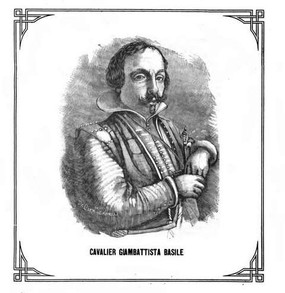
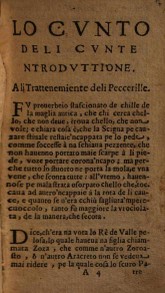
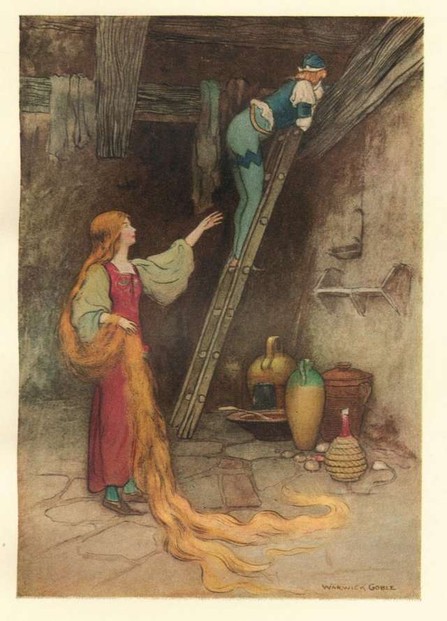
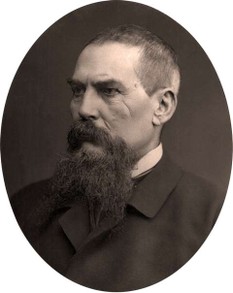

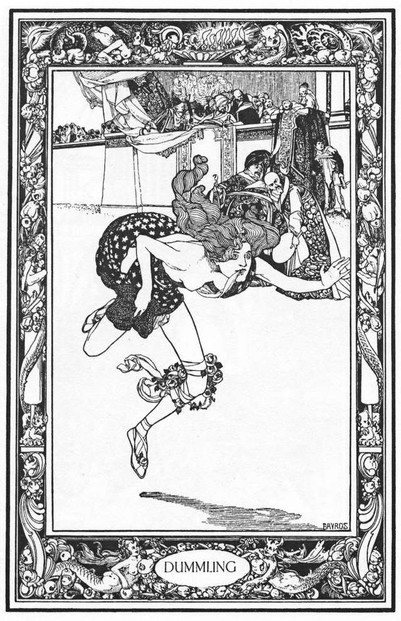
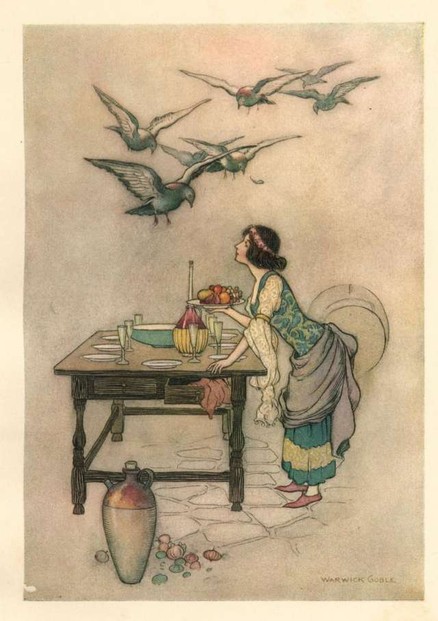

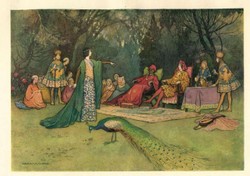

 Vintage Postcard Artists with 10 Examples of Easter Cardson 02/21/2025
Vintage Postcard Artists with 10 Examples of Easter Cardson 02/21/2025
 Valentine's Symbolson 01/23/2025
Valentine's Symbolson 01/23/2025
 Thanksgiving Symbolson 11/12/2024
Thanksgiving Symbolson 11/12/2024
 Famous Witches in Literary Historyon 10/06/2024
Famous Witches in Literary Historyon 10/06/2024


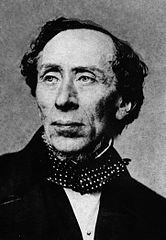
Have You Already Read Pentamerone?
Nope, DerdruMarriner, I am not familiar with such rivalry. I believe nobody took his name on the cover as true authorship.
Thank you!
It's interesting that Perrault published under his son's name (Pierre Darmancourt, n'est-ce pas?). Internet sources mention Charles Perrault as having three sons and one daughter with his wife.
Would history have indicated whether there was any sibling rivalry -- ;-D -- over Pierre getting chosen as author of what nowadays, here in the United States, would be called a blockbuster success?
Yes, sometimes, authors were known by their pen names or other 'false' identities, at least to a certain part of the audience. Even Charles Perrault published his masterpiece under the name of his son.
The first fact, about Authorship of Tale of Tales, indicates the fairy-tale publication under an anagram.
Might that have been a common practice at the time and in the place of the Pentamerone's oral telling and written retelling?
Would the author have been known by both his real and his anagramic names during the oral tellings?
Originally there was no happy endings at fairy tales, these came much later, at least two centuries later. First fairy tales were definitely more like cautionary tales and fantastic plots about possibilities of climbing the social ladder. Your point about multinational cast is very intriguing - while most of movie production this days in based on international cooperation, there's a lovely connection of old Napoli situation with today's world.
Tolovaj, Thank you for the images, information and products.
Do we know if Abbatutis was something that Basile or his sister came up with? It's perhaps an appropriate fit for the original crass violence but depressing for subsequent recycling into happy "fairy-tale endings."
It's interesting that the film Tale of Tales, which I've seen, has international, multinational cast and crew members, what with your observing that Neapolitan "has many borrowed words from Arabs, Frenchmen, Greeks, and Spaniards."
Thanks, WriterArtist, it's pleasure to see you again. Yes, we are lucky to have such literary treasure preserved, but at the same time we can only guess how many precious works was lost for different reasons. And, if I may add, while fairy tales in Pentamerone sometimes look weird to today's reader, they already had happy endings in most cases.
It is fortunate that all those early work were conserved and somebody (Author's sister) took the responsibility of publishing them. I have always liked fairy tales for the wild imagination and content of the era it was written. I am also fond of them because they contain morals and principles to be learnt. Moreover, they are my favourites because they have happy endings.
Hi, dustytoes. Most people never heard of Pentamerone, yet it's the backbone of dozens of classic fairy tales. I prefer looking at Basile as an writer/editor than writer/author, because most of the motifs in his book were already circulating in his environment. But he is the one who formed them into stories very similar to the ones we are familiar with today. Thanks for stopping by!
I've never heard of this. What wild imaginations this writer must have had!